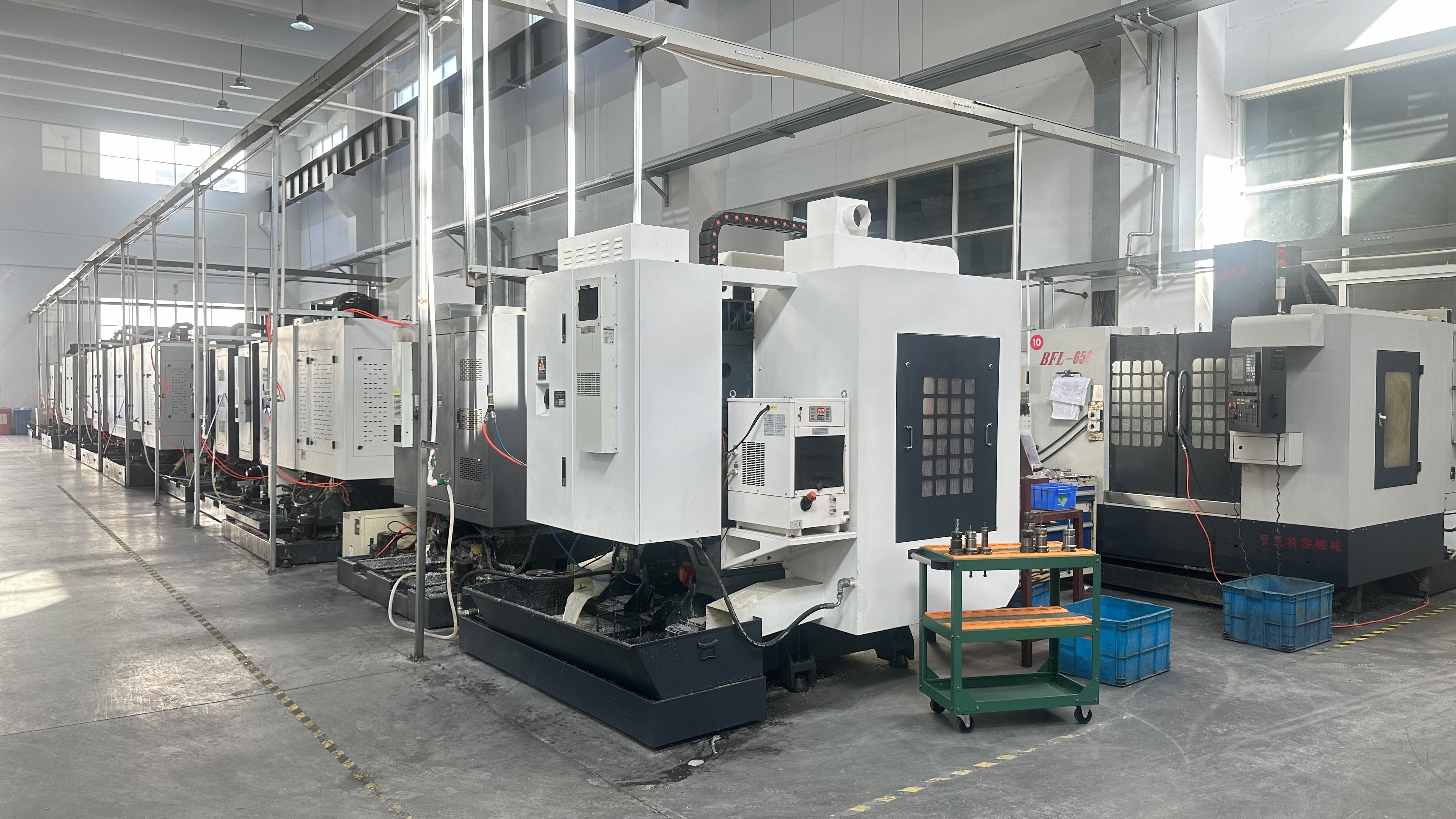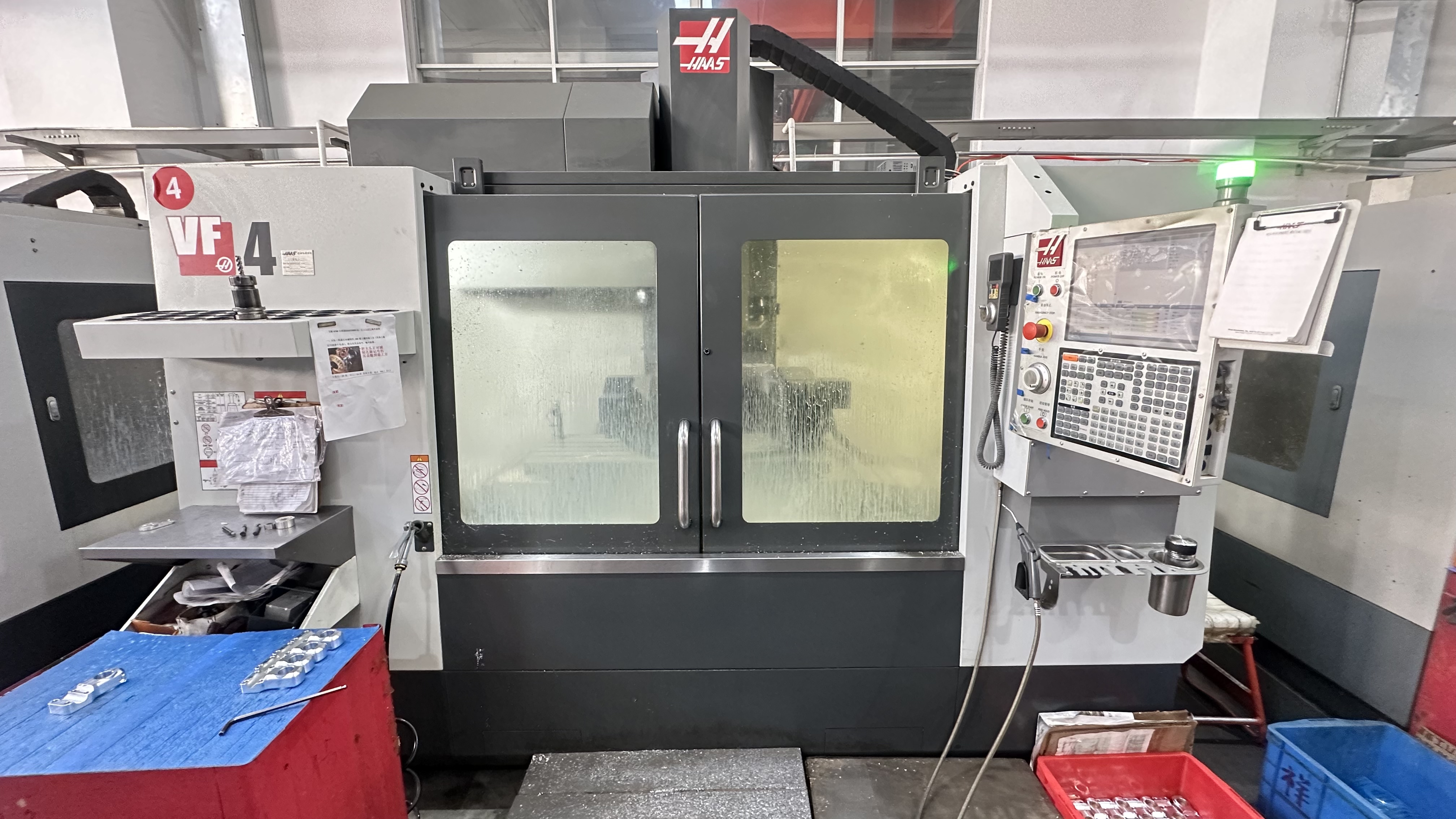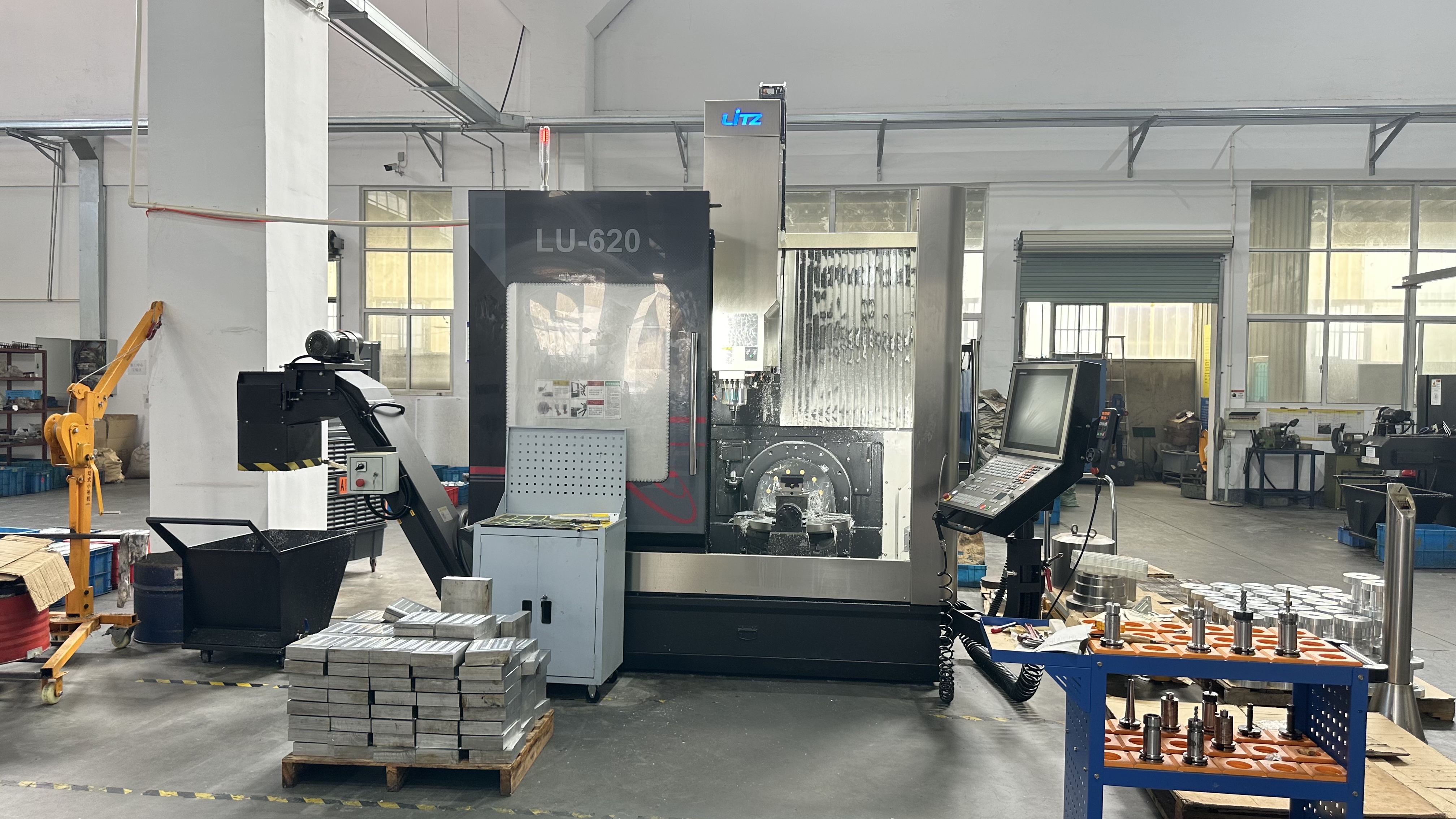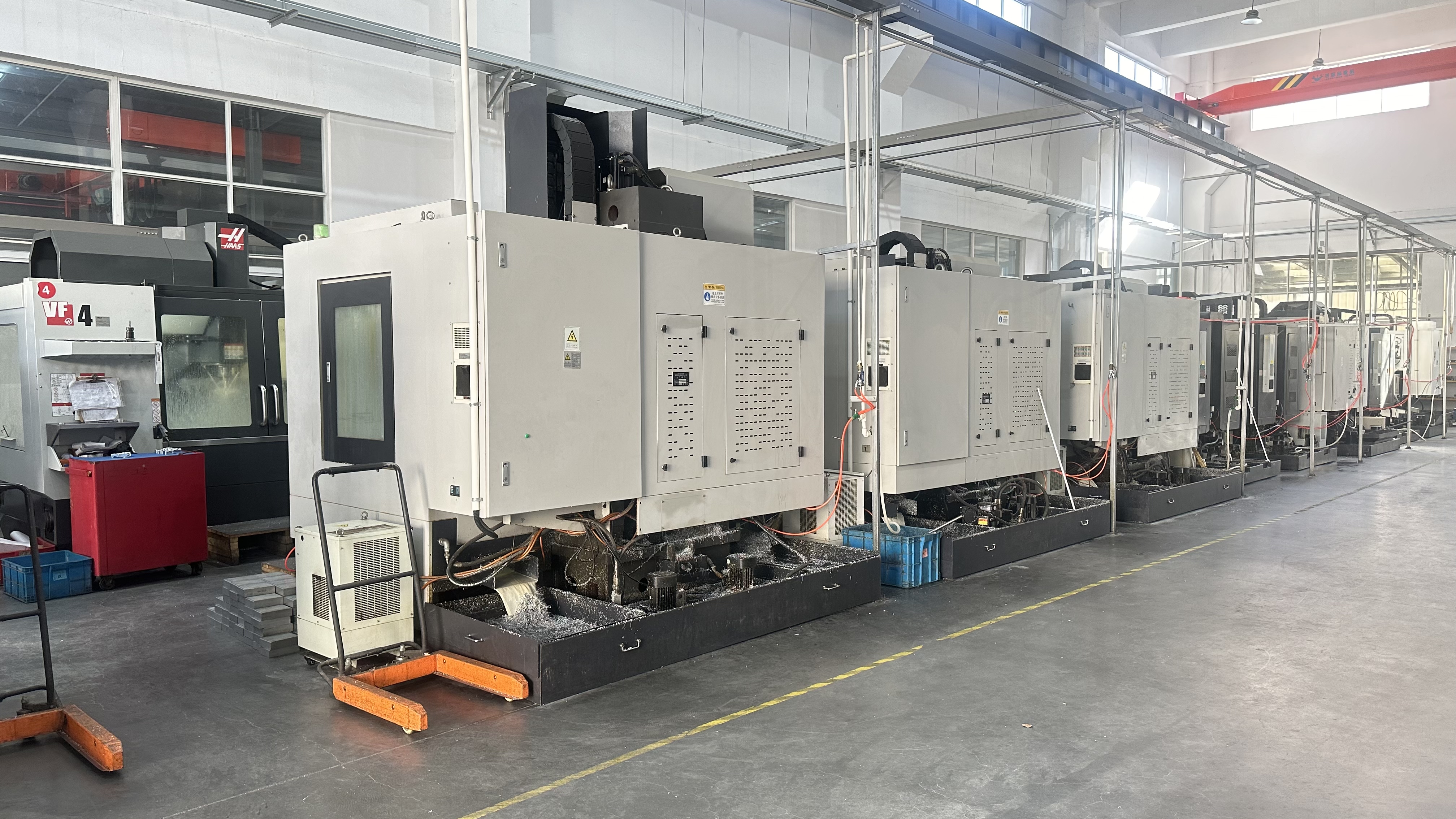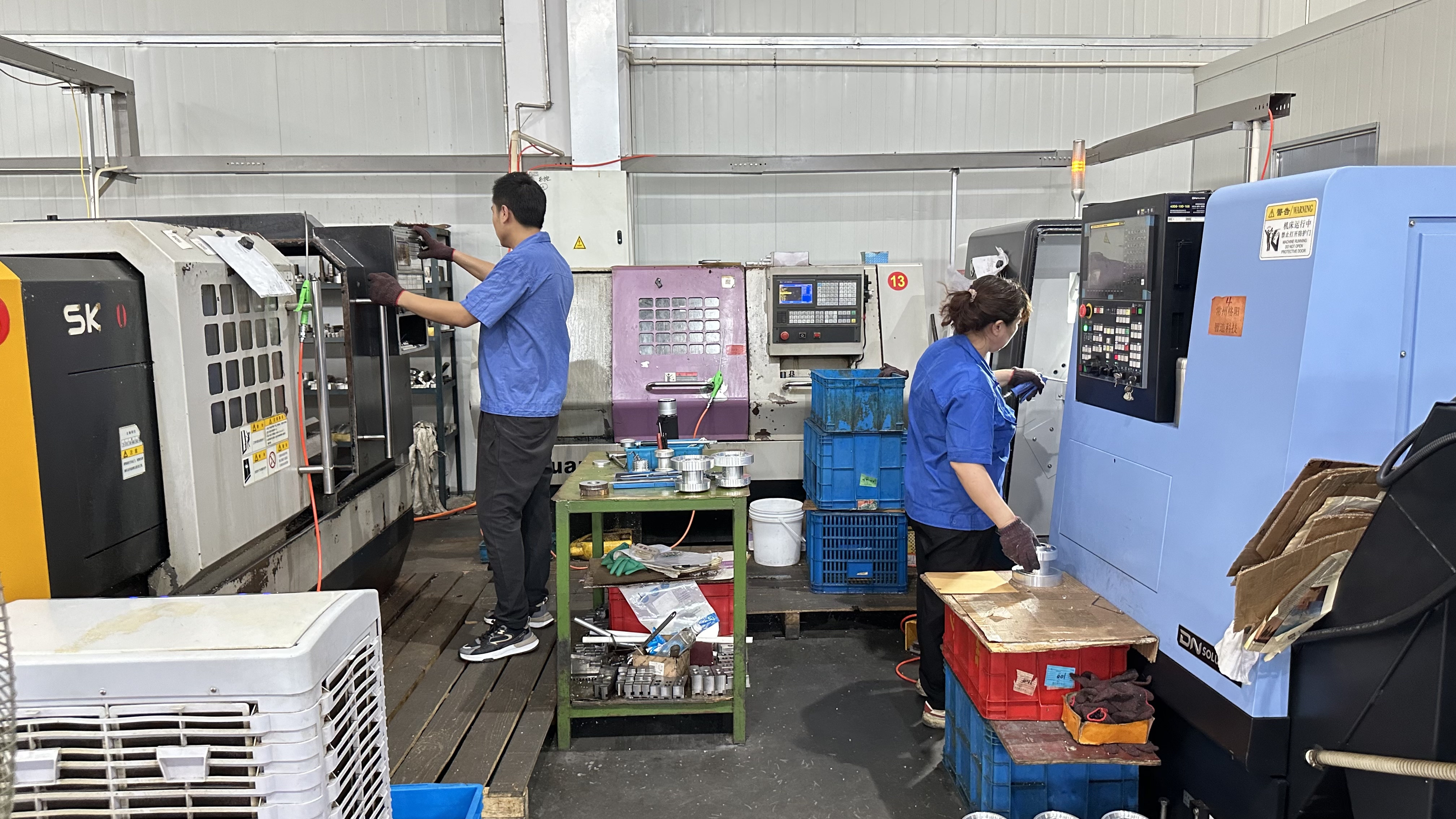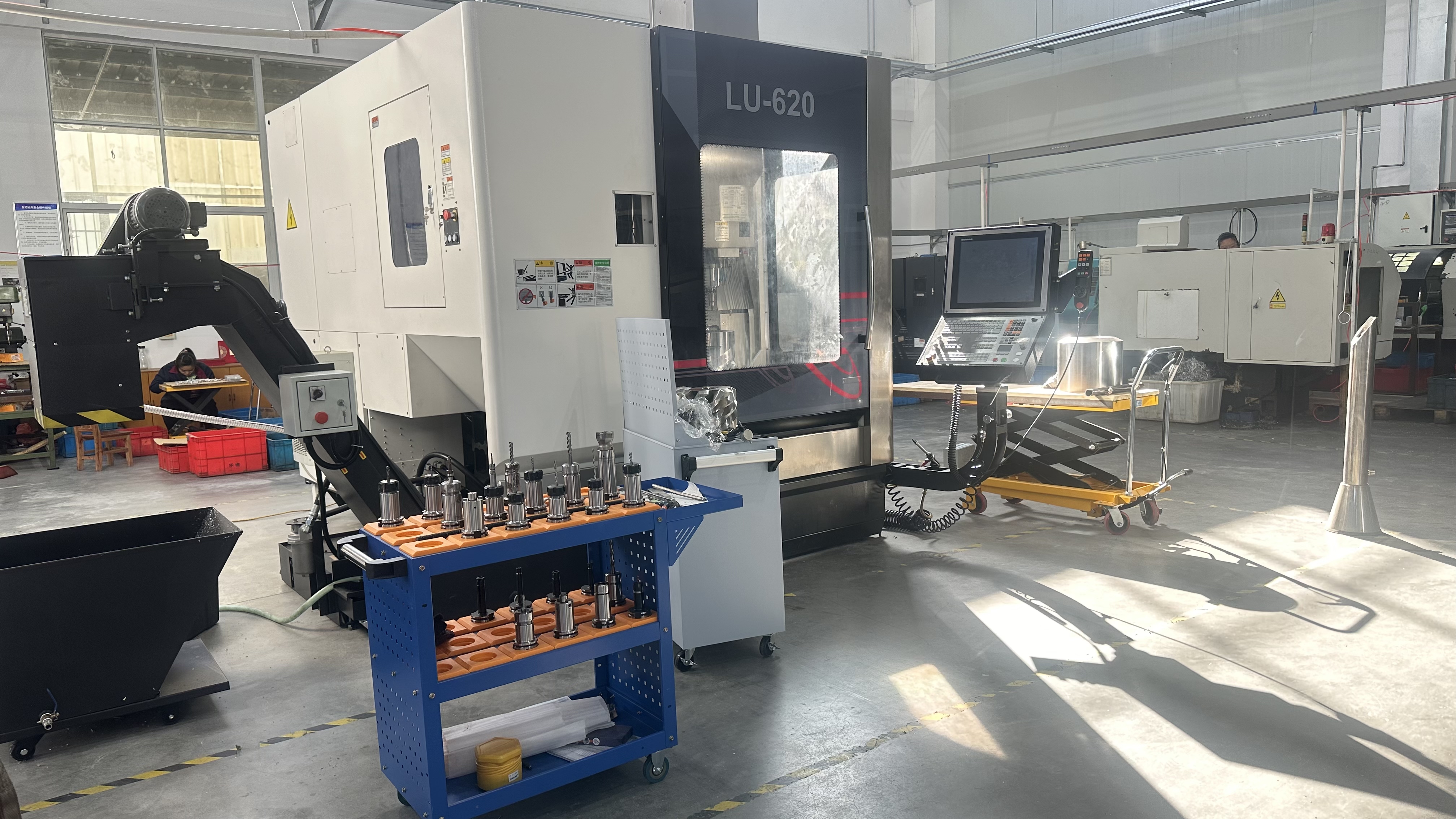Go Kart Pedals: Precision Control for Every Race
The Go Kart Pedals are essential control components designed to deliver precise throttle and brake inputs, enhancing driver performance in go-kart racing and recreational setups. Crafted from high-strength materials like CNC-machined 6061 T6 aluminum or cold-rolled steel, these pedals measure ~2” x 3” with adjustable mounting points, fitting standard pedal assemblies and compatible with #219 or #428 pitch drivetrains, engines like Predator 212cc, Rotax Max, IAME X30, or Briggs LO206, and chassis from Tony Kart, OTK, Manco, and Trailmaster. Ideal for racers, mechanics, and DIY enthusiasts, they build on your interest in performance parts like pedal grips, sprockets, and axles (March 18 and April 11-16, 2025), including Luckyway Metal’s durable, CNC-machined components noted for precision and quality (March 23 and April 14, 2025). Whether you’re powering through a sprint track or assembling a custom kart, these pedals offer robust durability, ergonomic design, and easy installation for confident control in any condition.
What Are Go Kart Pedals?
Go Kart Pedals are throttle and brake levers mounted to the kart’s chassis, allowing drivers to control acceleration and stopping via foot inputs. Typically made from lightweight aluminum for racing or steel for rugged use, they feature textured surfaces or grips for traction, adjustable positions for driver comfort, and M6/M8 bolt mounts, as seen in designs from Karting Direct and Vevor’s go-kart kits. These pedals ensure responsive operation, critical for precise handling in competitive or recreational karting.
Why Use Go Kart Pedals?
Go Kart Pedals provide reliable control, reducing response time and enhancing safety by ensuring accurate throttle and braking, a priority in your inquiries about control components like pedal grips and throttle clamps (April 13-16, 2025). Their adjustable design accommodates various driver sizes, while durable materials withstand high-force inputs, making them essential for racers seeking performance and builders upgrading for comfort and reliability, especially in off-road or junior karts, per karting safety guides.
Designed for Performance and Fit
Our Go Kart Pedals are engineered for ~2” x 3” surfaces, with adjustable mounting for 1/2” to 1” chassis tubing, fitting universal or brand-specific assemblies on chassis like CRG, Kosmic, and Yerf-Dog. Available in black anodized aluminum or zinc-plated steel, they support karts with engines from 150cc to 300cc and #219 or #428 chains, offering a versatile, high-performance solution for racing or recreational karts, reflecting Luckyway Metal’s expertise in lightweight, durable parts (April 14, 2025).
Key Features of the Go Kart Pedals
The Go Kart Pedals combine premium materials, ergonomic functionality, and racer-focused design, making them a cornerstone of kart control systems. Here’s what sets them apart.
CNC-Machined Aluminum or Steel Construction
Crafted from 6061 T6 aluminum (45,000 PSI tensile strength) or cold-rolled steel (100,000 PSI), pedals weigh 0.3-0.8 pounds per pair (e.g., aluminum at 0.5 lbs). Anodized or zinc-plated finishes ensure 800-1,500 hours of corrosion resistance in wet or dusty conditions, ideal for racing or off-road durability, as praised in Amazon reviews for Vevor’s sturdy go-kart pedal kits and Luckyway’s CNC precision (March 23, 2025).
Adjustable Mounting for Driver Comfort
Featuring slotted or multi-hole mounts, pedals adjust 1-2” forward/backward or up/down, accommodating drivers from juniors to adults, as seen in Karting Direct’s universal kits. This flexibility, noted in BMI Karts’ pedal assemblies, ensures ergonomic positioning, reducing fatigue and enhancing control during long races or technical tracks.
Textured Surface for Traction
Integrated knurled or ribbed surfaces, similar to your interest in pedal grips (April 16, 2025), provide 30-40% more grip than smooth pedals, per karting accessory blogs. Optional rubber grip pads add vibration dampening, ensuring precise inputs in wet or high-vibration conditions, critical for competitive karts with Rotax Max or IAME X30 engines.
Easy Bolt-On Installation
Designed for 1/2” to 1” chassis tubing, pedals mount with M6 or M8 bolts torqued to 6-10 ft-lbs, fitting brands like Manco, Azusa, or Trailmaster, per gokartsupply.com’s listings. Their universal design simplifies upgrades, ideal for pit crews or DIY builders, aligning with your focus on easy-installation parts like Luckyway’s components (April 14, 2025).
Applications of the Go Kart Pedals
The Go Kart Pedals’ precision and durability make them ideal for various karting needs, from elite racing to custom builds, complementing your interest in performance components like safety buckles and spindle shafts.
Competitive Kart Racing Control
In sprint, oval, or TAG racing, these pedals deliver precise throttle and brake inputs on chassis like Tony Kart or OTK with engines like Rotax Max or IAME X30. Their adjustable design ensures optimal response in Senior Max or KZ classes, enhancing cornering and acceleration, as required in Point Karting’s setup standards for high-performance karts.
Recreational Kart Driver Precision
For club racers or casual drivers with Predator 212cc or Honda GX200 engines, the pedals improve control on Manco or Trailmaster chassis, boosting confidence on backyard tracks. Their lightweight aluminum suits hobbyists, offering a reliable upgrade for family karts, as you’ve explored with Luckyway’s durable go-kart parts (March 23, 2025).
Custom Kart Builds and Upgrades
DIY builders, reflecting your interest in axles, sprockets, and pedal grips, use these pedals for bespoke karts with engines like Briggs LO206 or Tillotson. Adjustable mounts simplify integration in unique chassis, ensuring precise control, while anodized finishes add style to show karts, streamlining projects like Luckyway’s customizable components (April 14, 2025).
Off-Road and Junior Kart Reliability
In off-road or dirt conditions, the pedals’ corrosion-resistant materials maintain performance on rugged karts like Hammerhead, ensuring traction in muddy trails. For junior karts, adjustable pedals fit young drivers, meeting safetyrisk.net’s control requirements, providing safe and comfortable operation in recreational or cadet racing.
Technical Specifications and Usage Guide
To maximize the Go Kart Pedals’ performance, understanding their specs and installation is key. Here’s a detailed breakdown.
Size and Compatibility
These pedals measure ~2” x 3”, with M6 or M8 bolts (1.0mm pitch) and adjustable mounts for 1/2” to 1” tubing, supporting #219 (7.95mm) or #428 (12.7mm) drivetrains and axles from 25mm-50mm. They’re compatible with chassis from OTK, CRG, and Yerf-Dog, and engines from 150cc to 300cc (e.g., IAME KA100, Predator Ghost), per BMI Karts’ listings.
Material Strength and Durability
6061 T6 aluminum offers 45,000 PSI tensile strength, lasting 800-1,200 hours in dry or wet conditions with anodizing, while cold-rolled steel (100,000 PSI) endures 1,000-1,500 hours with zinc plating. Both resist wear and vibration, ensuring control reliability, as per Luckyway Metal’s material standards (March 23, 2025).
Step-by-Step Installation Guide
Preparation: Verify pedal size (e.g., 2”x3”) and chassis tubing (e.g., 1”). Gather pedals, M6/M8 bolts, and tools (10mm wrench, screwdriver).
Positioning: Align pedals on chassis, adjusting for driver leg length (e.g., 1” forward for juniors). Ensure throttle/brake cables connect freely, per gokartsupply.com’s guides.
Securing: Tighten M6 or M8 bolts to 6-10 ft-lbs in a crisscross pattern, securing pedals to chassis. Apply thread locker for racing, as suggested in Amazon reviews.
Final Check: Test pedal travel for smooth operation and no binding. Run engine at idle to confirm throttle/brake response, adjusting mounts if pedals stick or misalign.
Maintenance Tips
Inspect for corrosion, surface wear, or bolt looseness after races or wet runs, cleaning with a brush and mild solvent. Re-tighten bolts after 50 hours and replace pedals if bent or cracked, typically after 800-1,500 hours depending on material and conditions. Store dry to prevent oxidation.


















